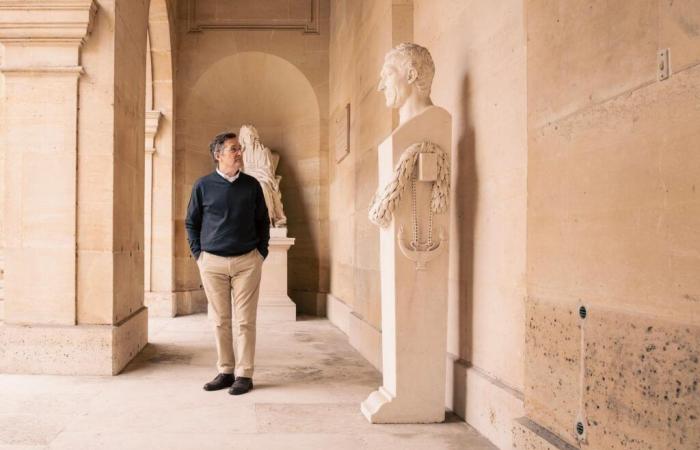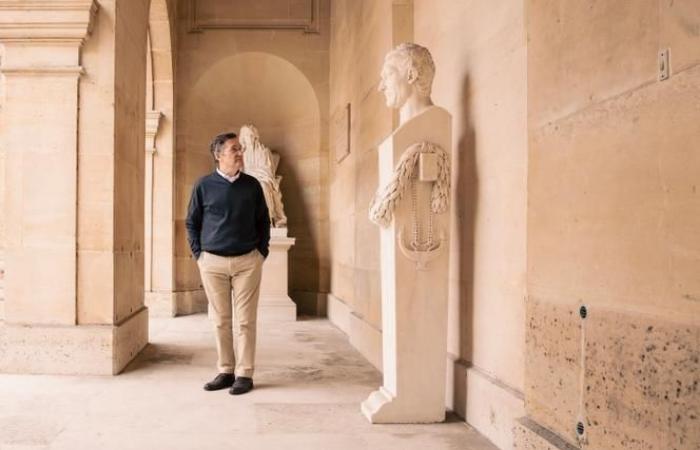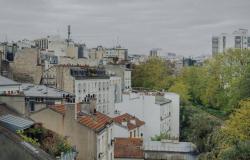For the past ten years, every first Monday in October in the morning, a swarm of journalists has landed in front of Michael Hall’s home in Basel, Switzerland. And stands still until the announcement of the Nobel Prize in Physiology or Medicine, around 11:30 a.m.
Read also | Article reserved for our subscribers The Nobel Prize in Medicine honors two pioneers of gene regulation by very small RNAs
Read later
A ritual established since the highest scientific rewards rained down on this biologist, specialist in cellular growth processes. Breakthrough Prize for Life Sciences in 2014; Gairdner Prize in 2015; Lasker Prize in 2017… This year again, for the Nobel, the media will have waited in vain. And this American-Swiss researcher, adept at self-deprecation, happily makes fun of it. But that’s not enough to stop the recognition: the Balzan Prize will be awarded to him on November 21 in Rome.
Tuesday September 17, The World met him on the occasion of the presentation of the great medal awarded to him by the Academy of Sciences. At 71, the man appears discreet. Do not trust him: it is his unfailing stubbornness that he owes his success to.
“Michael Hall gave his nobility to cellular metabolism, this set of biochemical reactions at work in cells”explained the immunologist Alain Fischer, president of the Academy of Sciences, under the great figures of Corneille and Molière, Lavoisier and Coulomb.
“The Grail of Biology”
The academicians could not be wrong, in fact, in rewarding the discoverer of molecules named TOR (target of rapamycin), of universal scope in the Lilliputian universe of cells with nuclei. They equip all animal cells, from yeast to human and plant cells. And become towers for controlling cell growth. “If we eliminate TOR, no cell can survive”underlines Michael Hall.
« Discovering a gene with functions as essential as TOR is the Holy Grail of biologyunderlines Pierre Léopold, of the Institut Curie, in Paris. In pathophysiology, there are very few stories like this. »
This saga begins like a tale. “In 1965, on Easter Island, a team of Canadian microbiologists took soil samples”narrates Michael Hall, in a soft voice. No one knew it, but this ground held a treasure, which will lead to TOR. It contained bacteria, Streptomyces hygroscopicusfrom which a molecule capable of blocking the proliferation of fungi was extracted in 1975. It will be named “rapamycin”, in reference to the indigenous name of this island, Rapa Nui.
You have 69.05% of this article left to read. The rest is reserved for subscribers.







